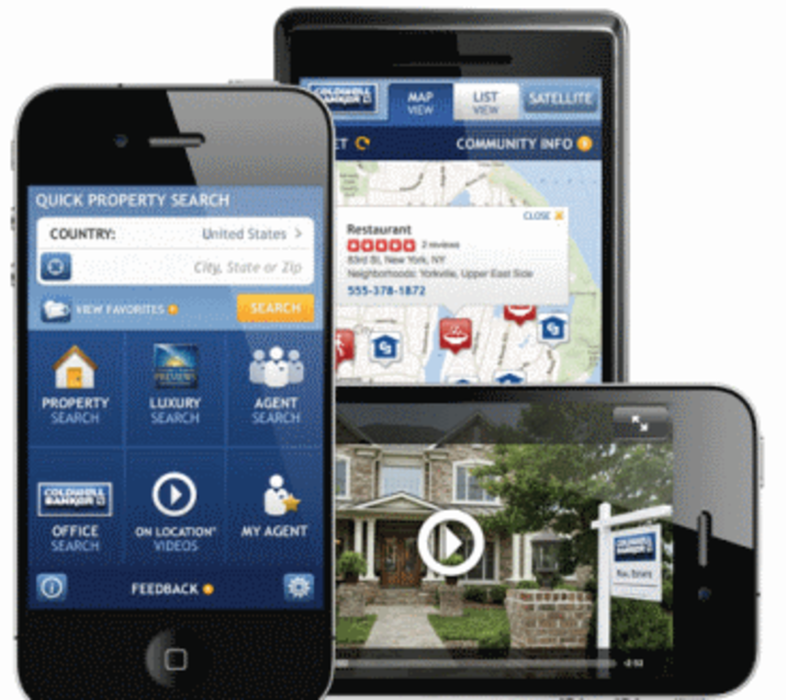Tim Reis, head of mobile and social solutions in the Americas at Google, delivered a warning to telemarketers: “[Mobile marketing is] not a matter of being a step behind if you don’t get your act together now,” he said during a panel at Integrated Marketing Week 2013 in New York. “It’s a matter of being orders of magnitude behind.”
Chris Silva, an analyst at Altimeter Group, shares Reis’s sentiment. Brands need to be “at least mobile-aware,” Silva says. The question is: How does one budget for this necessary expense?
Mixing mobile into multichannel
It’s risky tossing a lot of money into a new mobile campaign. But brand marketers insist it’s not always necessary to shell out serious dough. “Small budgets can produce results, but it’s essential to have the right product, the right support, and the right plan,” says Matt Simon, director of marketing at Auntie Anne‘s. The pretzel company partnered with marketing solutions provider ePrize to launch a multichannel marketing campaign introducing Auntie Anne’s latest addition to the menu: the Honey Whole Grain pretzel.
The campaign incorporated elements of paid media, social media, in-store and text promotions, and a mobile microsite, complete with an interactive pretzel rolling game. Excluding the hard costs, 28% of the campaign budget was allocated to mobile.
The effort generated about 211,000 registrants, more than double the number anticipated. EPrize metrics reveal that one third of these registrations originated from mobile Web and SMS promotions. Additionally, almost 60% of those registrants opted in to receive Auntie Anne’s promotional emails and offers—in effect opting into a continued relationship with the company.
Encouraged by the success of the campaign, Simon is planning to launch a mobile-based loyalty program within the next six months.
Compare and contrast
Like any new initiative, to ensure the success of a mobile campaign, companies must have a plan in place. For instance, Rosie Novello, manager of an Elements Therapeutic Massage franchise in Palatine, IL, tentatively devoted 10% of her marketing budget to introduce a rich-media messaging platform from Iris Mobile, which enables her to compose text messages with embedded graphics, audio, and video. For just over $2,000 a year, Novello texts special promotions and sales, and notifies customers about booking availabilities.
Novello says that using the solution to inform her clients about available appointments helps her fill her open slots within half an hour during unusually slow times. She was easily able to justify this expenditure by comparing her mobile program to the traditional print programs that the Elements franchise typically ran. “Print’s not as successful as mobile’s been for us,” Novello says. Compared with just over $2,000 a year for mobile marketing, the cost of print ads is “astronomical,” she adds. Like Auntie Anne’s, Elements’ regional deployment is catalyzing increased investment and has prompted the entire company to reevaluate the role mobile plays in its overall marketing strategy. In fact, the mobile solution has since been introduced in an Elements location in Bloomingdale, IL, and several other branches are considering following suit.
Mobile is a must
Consumer mobility will continue its meteoric rise—a 2012 Pew Research study, “How Americans Use Their Cell Phones—Specific Activities,” found that 56% of all smartphone owners use their devices to access the Internet—and smart enterprises need to establish a presence.
Real estate franchise Coldwell Banker is now operating its second generation of mobile apps. “It’s simply part of being everywhere that our customers are,” says Sean Blankenship, SVP of marketing. Like hockey legend Wayne Gretzky, he believes that you need to “skate where the puck is going, not where it’s been.”







